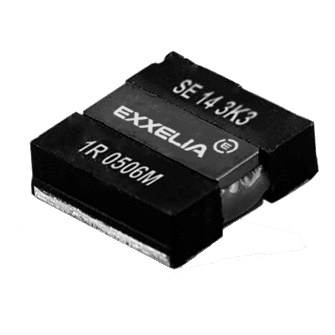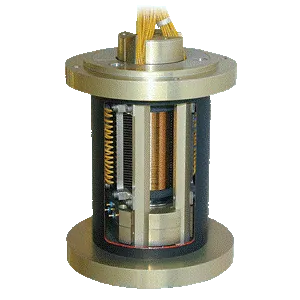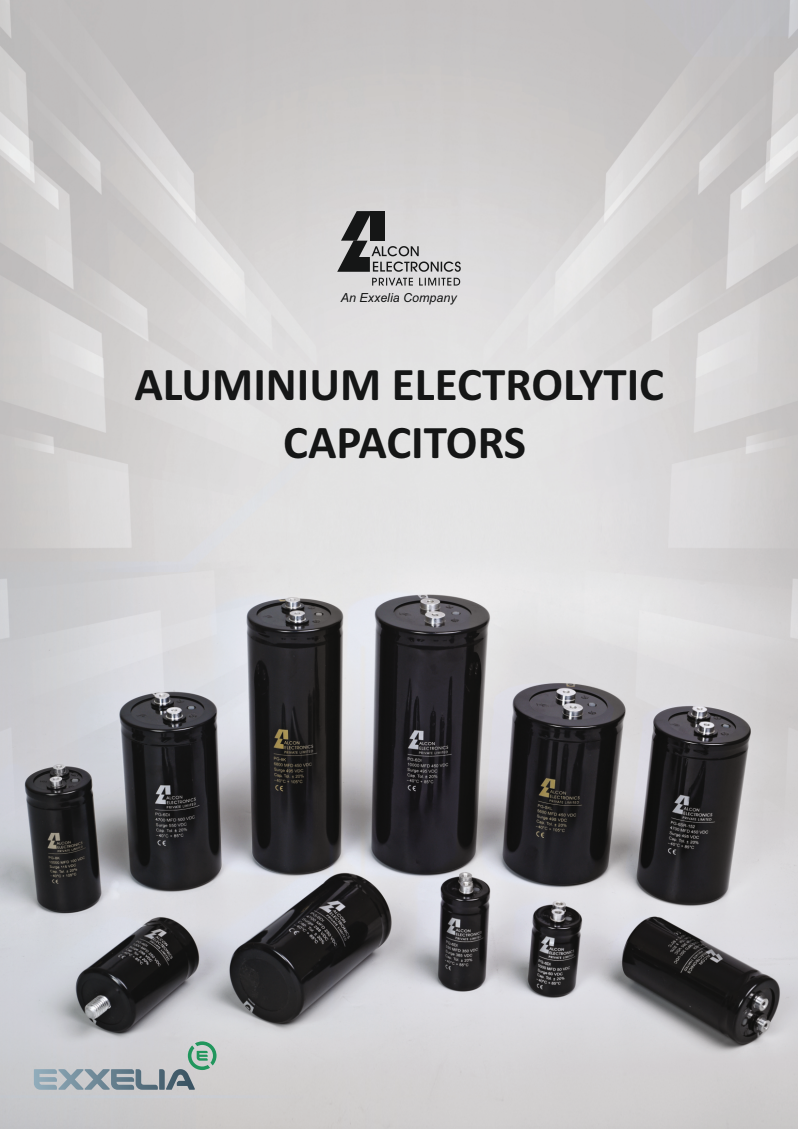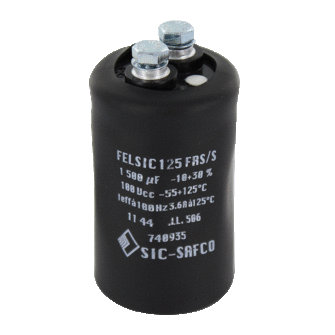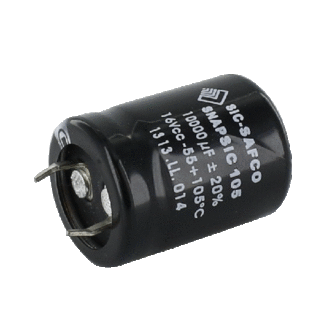
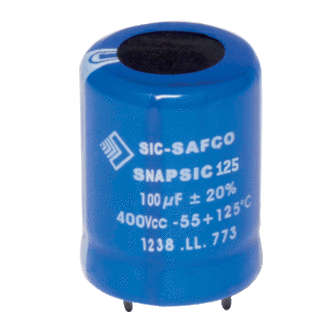
The **SNAPSIC 125** series is an aluminum electrolytic capacitor manufactured to international standards integrating high altitude, very high reliability, high temperature, dc-dc converters, line-operated dc power supplies and energy storage. It offers optimal performance for applications requiring reliability and energy efficiency.
Typical applications :
- Filtering
|
PN
|
Capacitance
|
Voltage Rated AC
|
Tolerance
|
Mounting
|
Operating Temp
|
RoHS
|
Voltage Rated DC
|
|---|---|---|---|---|---|---|---|
| A718000 | 4700µF | - | ±20% | - | - | - | 16V |
| A718001 | 6800µF | - | ±20% | - | - | - | 16V |
| A718002 | 10000µF | - | ±20% | - | - | - | 16V |
| A718003 | 15000µF | - | ±20% | - | - | - | 16V |
| A718006 | 22000µF | - | ±20% | - | - | - | 16V |
| A718007 | 33000µF | - | ±20% | - | - | - | 16V |
| A718010 | 47000µF | - | ±20% | - | - | - | 16V |
| A718020 | 3300µF | - | ±20% | - | - | - | 25V |
| A718022 | 4700µF | - | ±20% | - | - | - | 25V |
| A718023 | 6800µF | - | ±20% | - | - | - | 25V |
| A718025 | 10000µF | - | ±20% | - | - | - | 25V |
| A718026 | 15000µF | - | ±20% | - | - | - | 25V |
| A718028 | 22000µF | - | ±20% | - | - | - | 25V |
Compliance and certifications

NFC

IEC
Would you like to ajust a little something?
Customize it

Frequently Asked Questions
Find answers to the most frequently asked questions about our products and services.
Still have questions ?
Can’t find the answer you’re looking for ? Please contact with our customer service.
Contact


